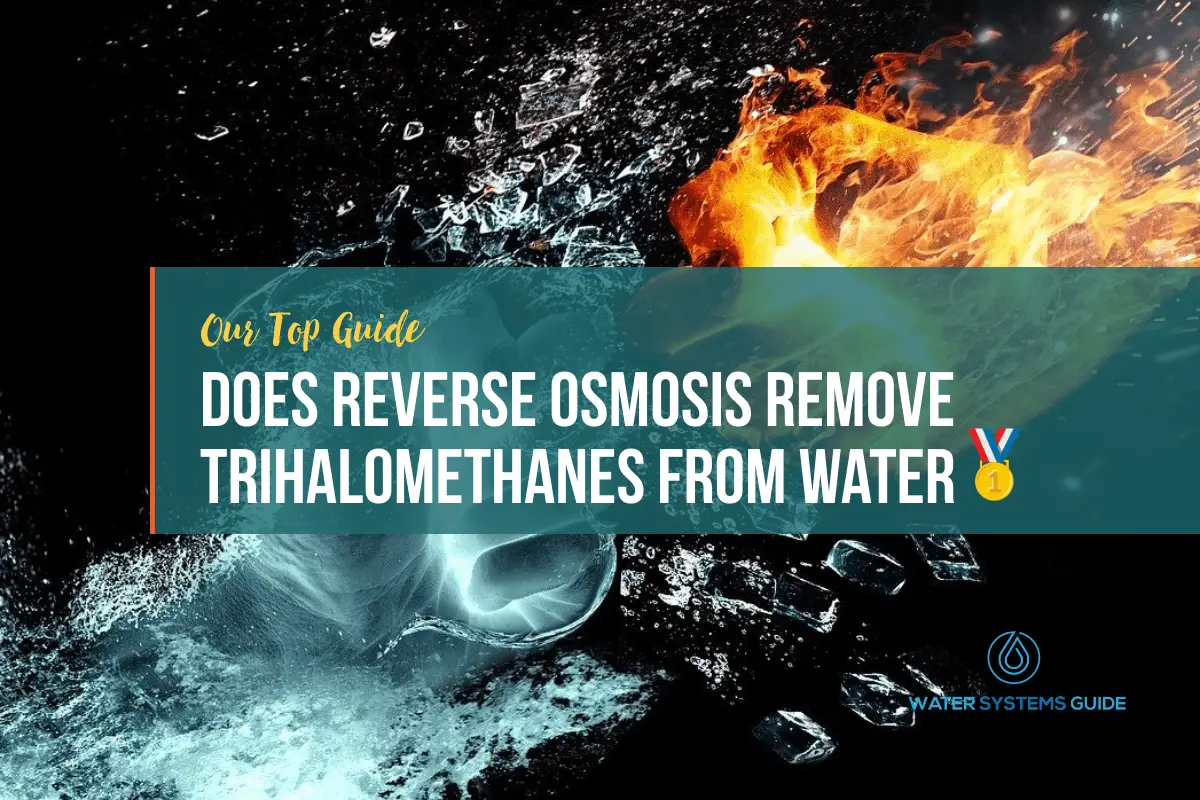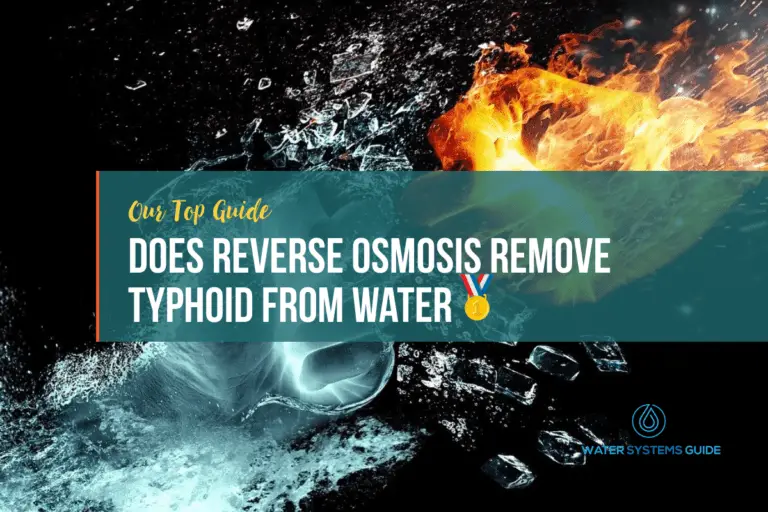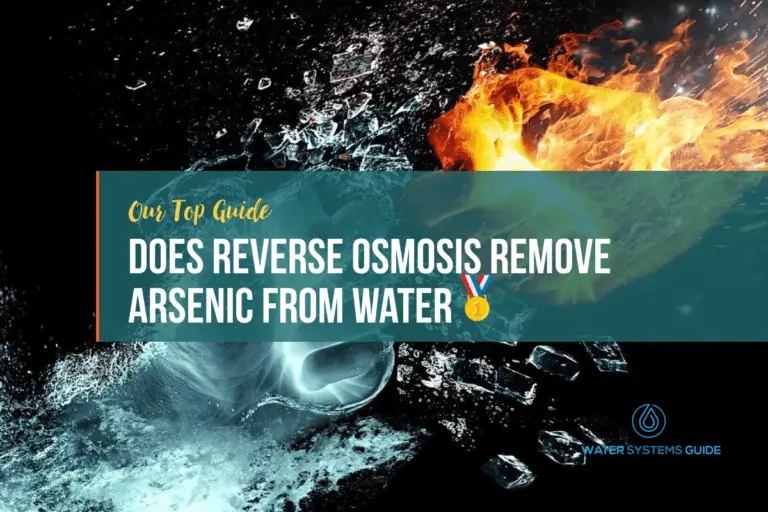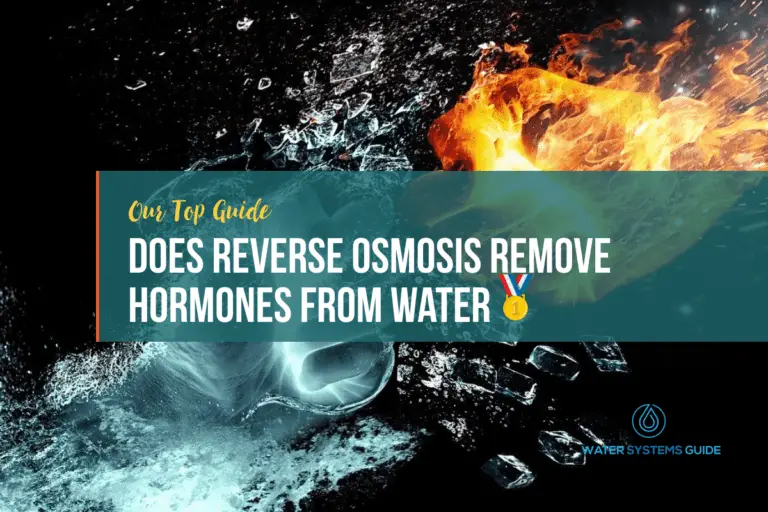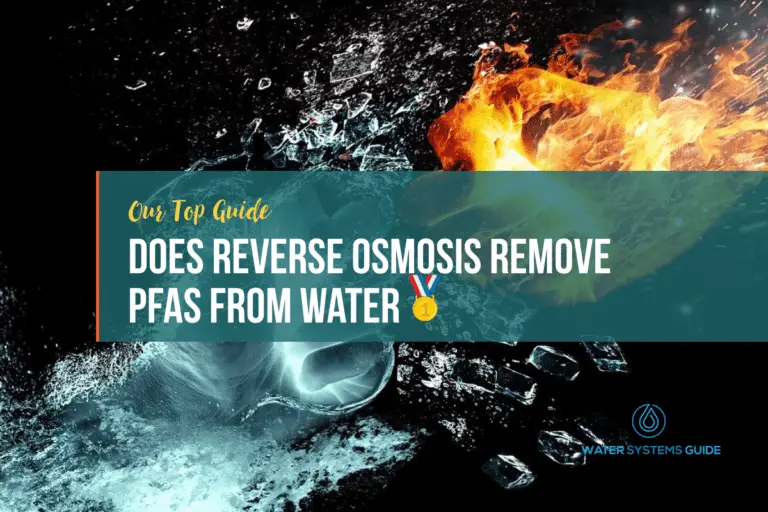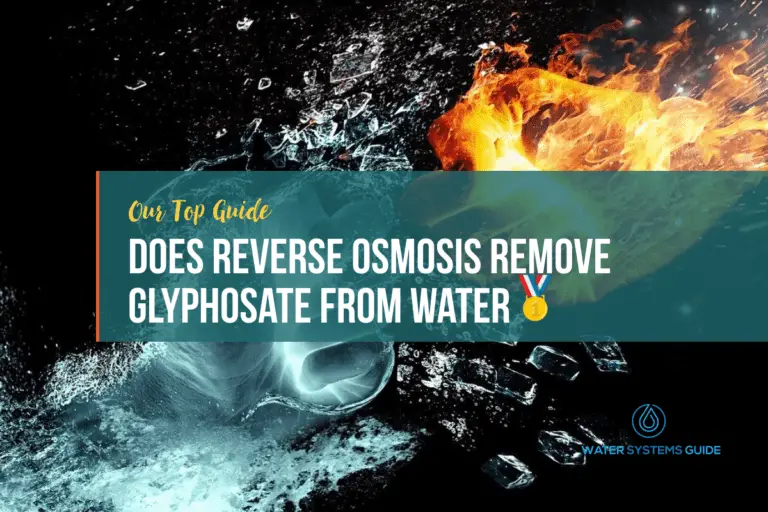Does Reverse Osmosis Remove Trihalomethanes From Drinking Water
In this article, we’re going to be discussing whether RO effectively removes trihalomethanes from water.
What Exactly Are Trihalomethanes
Trihalomethanes (THMs) are a group of four chemicals that are formed when chlorine is used to disinfect water. They are found in low levels in drinking water and in private wells.
THMs have been linked with an increased risk of cancer, and reproductive problems amongst a whole host of other health issues. Because of this, the Environmental Protection Agency (EPA) has set a limit for the amount of THMs that can be present in drinking water.
Does RO Remove Trihalomethanes from Drinking Water?
Yes, RO (reverse osmosis) removes trihalomethanes from drinking water by approximately 82%. Trihalomethanes are a class of organic compounds that are formed when chlorine is used to disinfect water. RO removes them by forcing water through a semipermeable membrane, which traps the contaminants on the other side.
Should we be reducing trihalomethane levels in our home water supply
Yes, we should be reducing trihalomethane levels in our home water supply. This substance is a known carcinogen and has been linked to an increased risk of cancer. There are a number of ways to reduce trihalomethane levels in your home water supply, including using a water filter or reverse osmosis system.
Ultimately, the decision of whether or not to reduce trihalomethanes levels in home water supplies is up to the individual, whilst being advised by their healthcare adviser.
However, it’s essential to know whether this particular carcinogen is present in your home’s water supply, hence testing is key!
How to test your water supply for Trihalomethanes
To test your water supply for Trihalomethanes, you will need to contact your local water supplier and request a water quality testing kit. Once you have received the kit, follow the instructions to collect a water sample and send it back to the supplier for analysis. The results of the test will tell you if there are any Trihalomethanes present in your water and, if so, at what level.
Alternatively, you can hire a professional to do this for you, as well as advise you about whether water treatment is necessary.
What else does reverse osmosis remove from water?
Alternative Methods Of Removing Trihalomethanes From Water
There are many other methods that can be used to remove trihalomethanes (other than reverse osmosis) from water. Some of these methods include activated carbon filters and ultraviolet light.
Reverse osmosis is a process that forces water through a semi-permeable membrane, leaving the contaminants behind. Activated carbon filters work by adsorbing the contaminants onto the surface of the carbon. Ultraviolet light breaks down the contaminants into harmless molecules.

